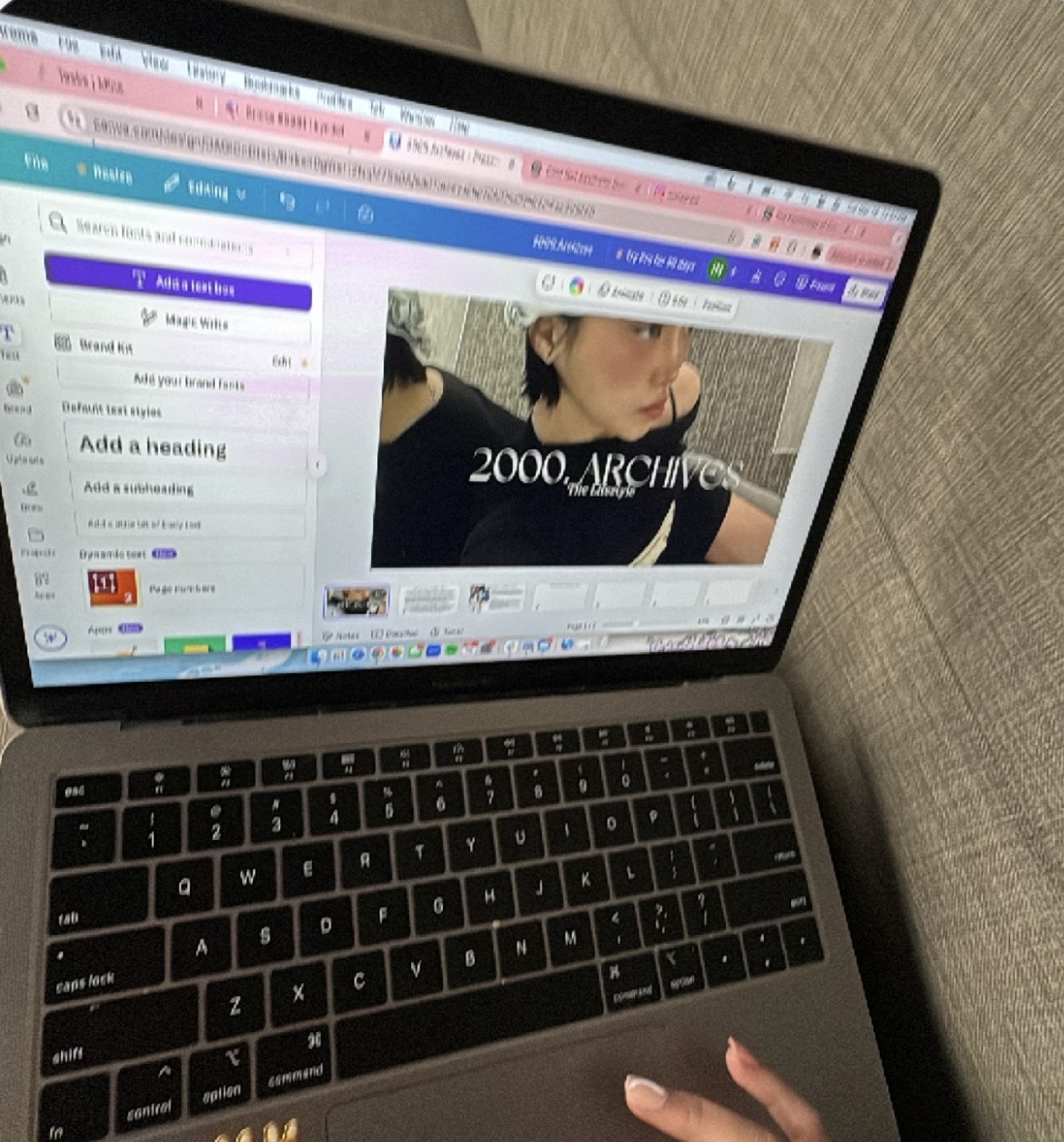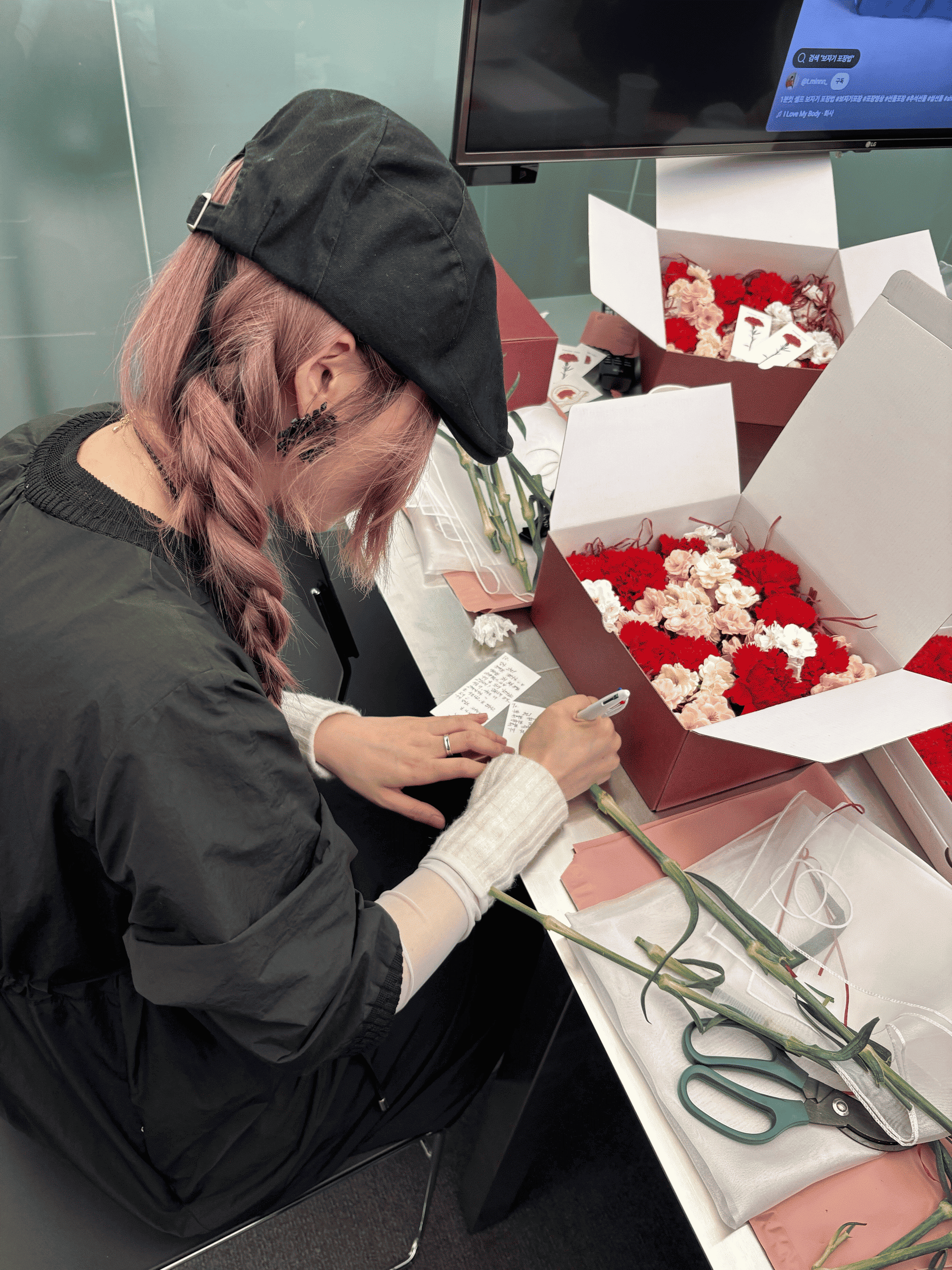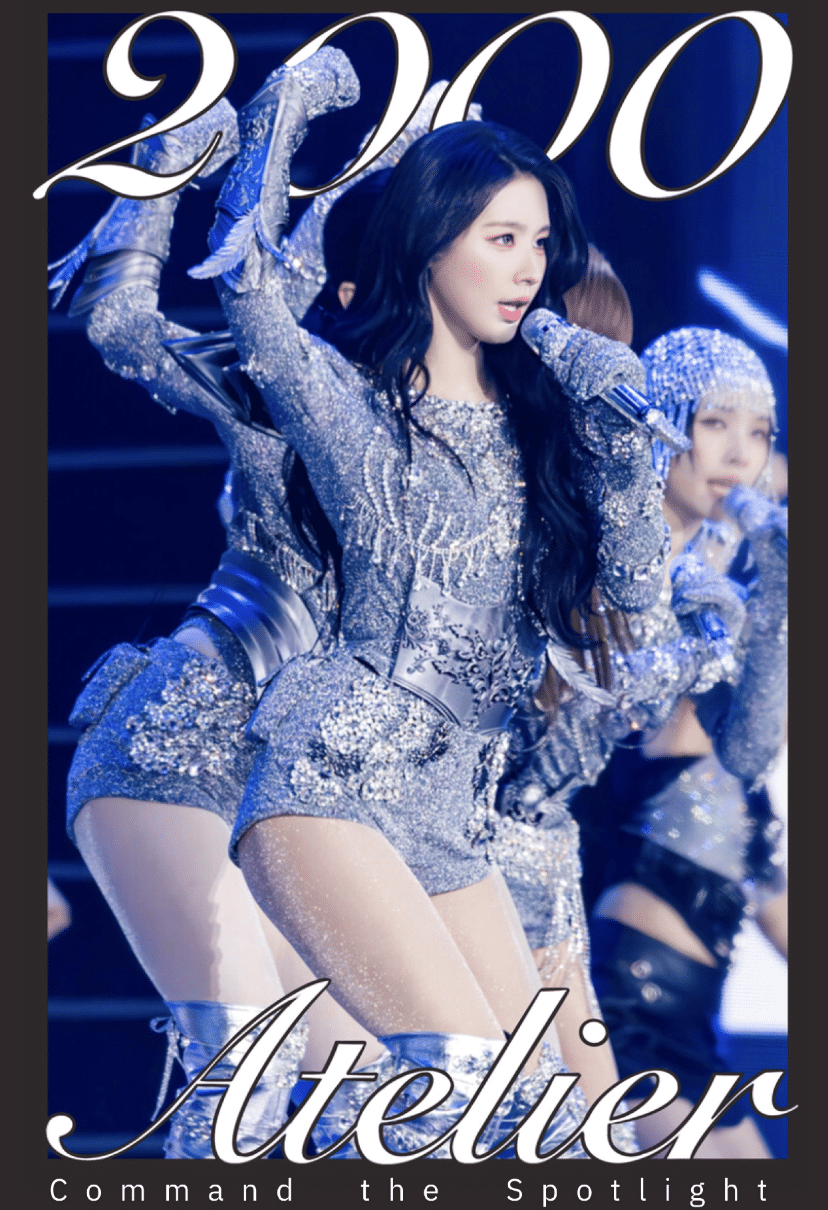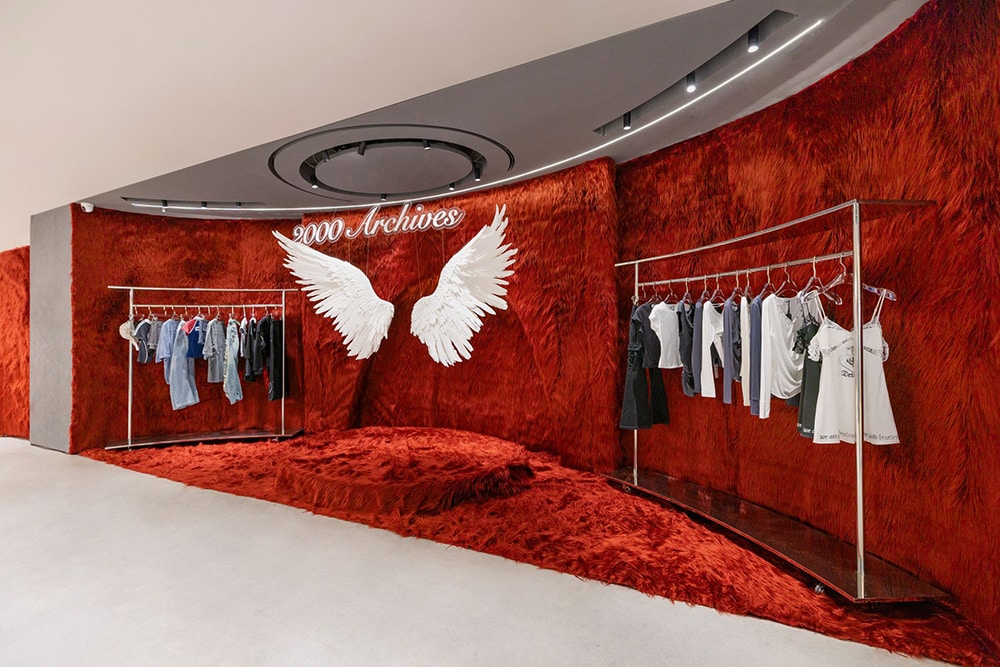When I accepted a fashion marketing internship at Kyndof Inc., I was excited to be interning in South Korea. As a student studying business and fashion with a focus on international marketing, this felt like the perfect opportunity to apply what I’d learned in class—but in the real world.
What I didn’t expect was to be standing in a circle on my first day, surrounded by the entire team during our daily stand-up, smiling and nodding as everyone spoke Korean—and realizing I didn’t understand anything.
Here’s the thing: I started an internship in South Korea, at a Korean company, where almost everything was in Korean, and I didn’t speak Korean. I kept telling myself, “It’s fine. You’ve got this.” But inside? Total panic.
But somehow, I found my footing. Week by week, I was given more responsibility—and more room to explore what I’d studied. I started preparing weekly marketing presentations focused on customer behavior. I dove deep into Instagram metrics and analyzed website traffic, trying to figure out who our customers were, what they responded to, and why they cared about the brand in the first place.

One theme kept coming up: community. We talked a lot about how 2000.Archives wasn’t just a fashion brand—it had the potential to be something bigger. The customers weren’t just buying clothes; they were building an identity around the brand. Leading up to the idea that we can treat our customers like collaborators.
This thought led to the most meaningful project I got to work on: the 2VE Project.
Building Community With A Language Barrier
One of the most meaningful projects I contributed to was the 2VE Project—a community initiative from 2000.Archives are designed to deepen the relationship with its most loyal customers (who are lovingly called “2VEs”). We created a survey to learn more about them and choose participants for a three-week activation filled with tasks and engagement moments.
I helped build the survey using DeepL to translate from English to Korean and asked teammates to check it so it didn’t sound like a robot wrote it. That part went smoothly.
Then the responses started rolling in.
We’d posted the survey on our Instagram channel and got a solid number of replies. But… all of them were in Korean.
I thought: No problem—Google Sheets can translate this, right?
Wrong. The translations kept cutting off mid-sentence. Half the answers made no sense.
So I tried copying everything into Notion. Notion has that auto-translate feature, right?
Wrong again. It just… didn’t work that day.

There I was, staring at a chart full of answers I couldn’t read, knowing I was supposed to make decisions from this data. I was so tired. So frustrated. I wanted to give up. I wished, for the hundredth time that day, that I could read Korean.

But I didn’t quit. I sat there and translated every single answer one by one. It took hours. I took breaks. I came back. I was exhausted. Frustrated. My eyes were crossing. I was ready to throw my laptop out the window. I kept going. Eventually, I narrowed down the list and selected the 2VE members who would join us for the next phase of the project.
And when they showed up? It was so worth it.
The 2VE participants who came to the studio were warm, open, and genuinely excited to be there. They shared thoughtful feedback. They laughed with the team. They helped us see the brand from their eyes. Seeing that made every frustrating hour worth it.

That moment reminded me: even with a language barrier, there are still ways to build a connection. Showing up with intention, curiosity, and respect goes a long way. The translation tools failed me that day, but the effort didn’t. It was seen, and it mattered. I didn’t walk away fluent in Korean. But I left with something else: a better understanding of what it means to really communicate—and a reminder that the best marketing doesn’t start with a perfect strategy. It starts with listening.







